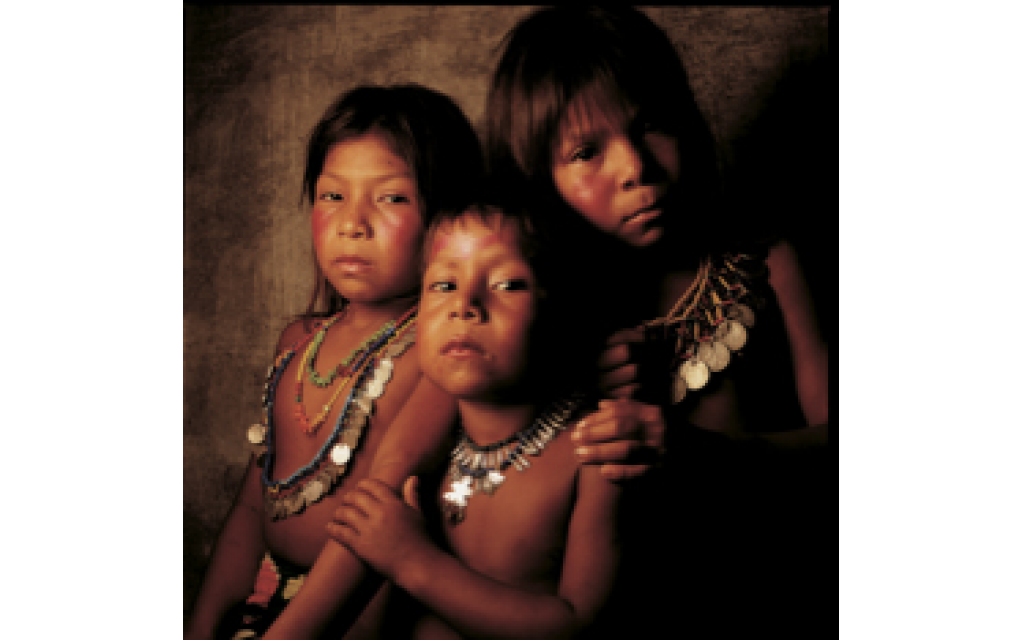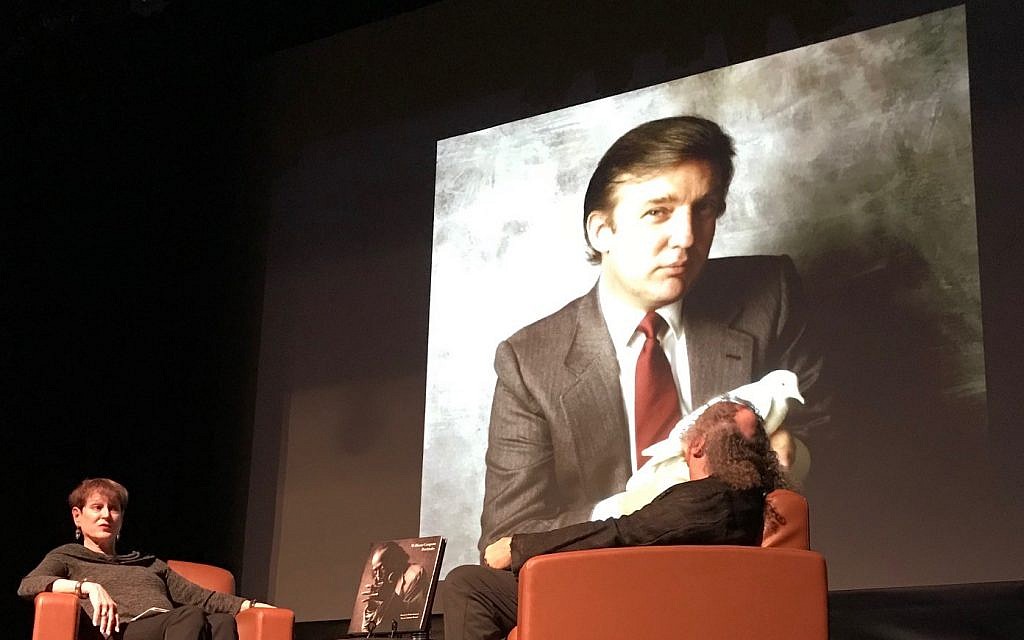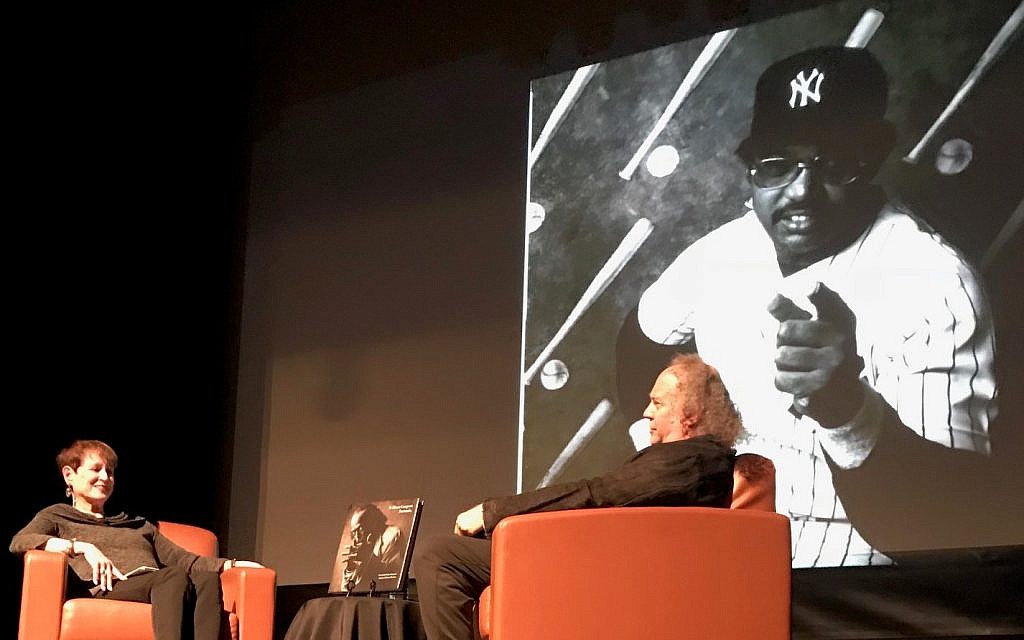“Portraits” by William Coupon
The images in Coupon's book include celebrities, politicians, sports figures and tribal people. He has documented the human essence of our contemporary world.
A self-taught photographer, William Coupon introduced himself to me by sending his book, “Portraits,” for my review. This was in advance of my “In Conversation” with him at the Book Festival of the MJCCA Nov. 6 as director of exhibitions at the William Breman Jewish Heritage Museum.
The images in the book include celebrities, politicians, sports figures and tribal people. As we talked before the book festival, I realized that this man had documented the human essence of our contemporary world.
This one-time aspiring musician began his study and documentation of people all over the world when his father gave him a camera in 1978. So started his lifelong fascination with photography.
They lived in Syracuse, NY. Coupon’s first project was capturing the nightlife at New York’s Studio 54 and then the punk scene and Mudd Club. Soon after, he set his mind to photographing everybody. “I had the idea that my mission would be to continue to document groups, or sub-cultures.”
The working title of the series would be “Social Studies.” Coupon headed to Haiti and then Australia, and by 2010, he had shot more than 30 groups and tribes. The project was a series of comparative portraits of culture and sub-culture from an American point of view — global subcultures including indigenous people, death row inmates, drag queens and cowboys.
There were black and white images photographed formally with backdrops and a 2 ¼ Rolleiflex. “My first camera was 35 mm rectangular format,” Coupon explained. “Now I use a square, medium format and print up to a 48-inch by 48-inch size print. It’s a larger negative, better quality and more painterly.”

“Social Studies Part One: Capturing Culture: The World’s Tribes” features images from over three decades of shooting around the globe. In 1992, Coupon was invited to photograph the world’s tribal leaders during Earth Summit in Rio de Janeiro, Brazil. In 1994, he was asked by the United Nations and the United States Congress to exhibit this work in the United States Capitol rotunda as part of the U.N.’s year of the indigenous people. These were large archival Iris and inkjet prints.
Some of Coupon’s first photographs – audiographs – had looped cassettes behind framed images, and they talked. The kinetographs, attached to motors, were commissioned for window displays at Bloomingdale’s in the late 1970s. Coupon became interested in formal studio portraits in 1979 while observing lower Manhattan youths and counter-culture. He began using a single light source and a simple, mottled backdrop.

Coupon shot many celebrities, musicians and politicians, including Donald Trump in New York City in 1983. “I shot Donald Trump twice. My favorite is when Trump was offering his services as a ‘peace negotiator’ between the Israelis and the Palestinians. The photo image is about Trump’s eyes. Not the bird’s.” The photo shows Trump holding a dove, and the comment was perfectly timed, as our interview was on election night.
In Coupon’s career he has shot 15 Time magazine covers, as well as The New York Times’ “Bearing Witness: The Life and Work of Elie Wiesel” by Samuel G. Freedman, and The Washington Post’s “Poisoned Lives” by David Van Biema, about Jewish war criminal Jacob Tannenbaum.

Print images are digital archival inkjet, Type C, silver gelatin, or the highly collectible, original SX-70.
As Coupon’s slide show led our interview, I realized that we were looking at one person’s memory of the world. “Photos are memory. Photographs,” I shared with the audience, “are records of our memory.”
And this memory… this evening I shared with my husband, my sons and daughters-in-law, two grandsons, and so many caring friends … brought a new appreciation for an art form I have always cherished. Thank you, William Coupon.
Susanne Katz is the director of exhibitions at The Breman Museum.




comments